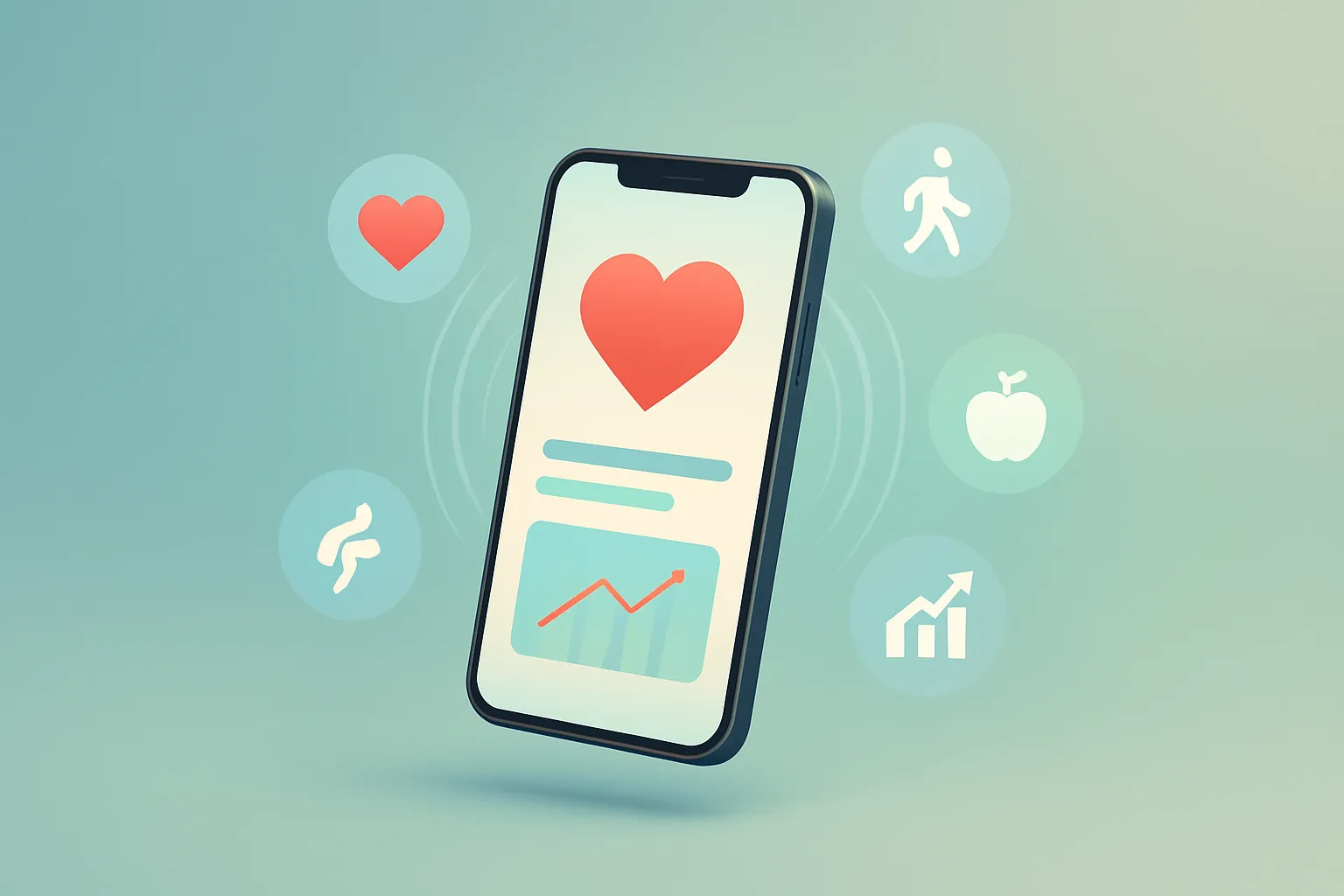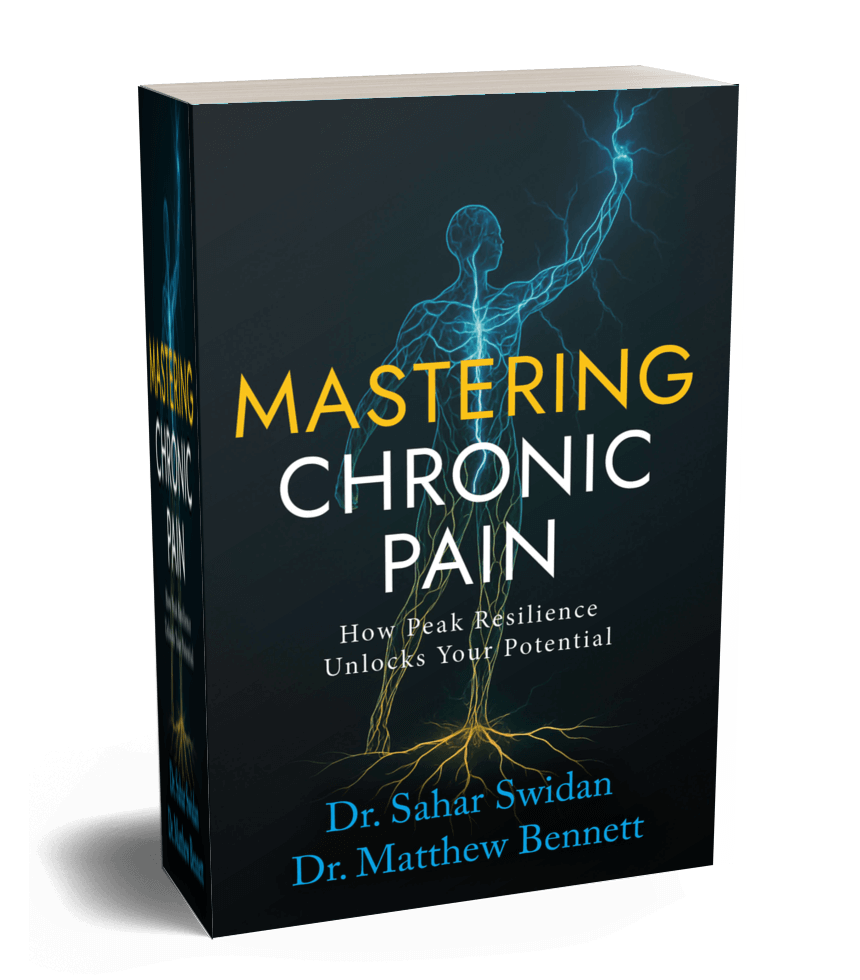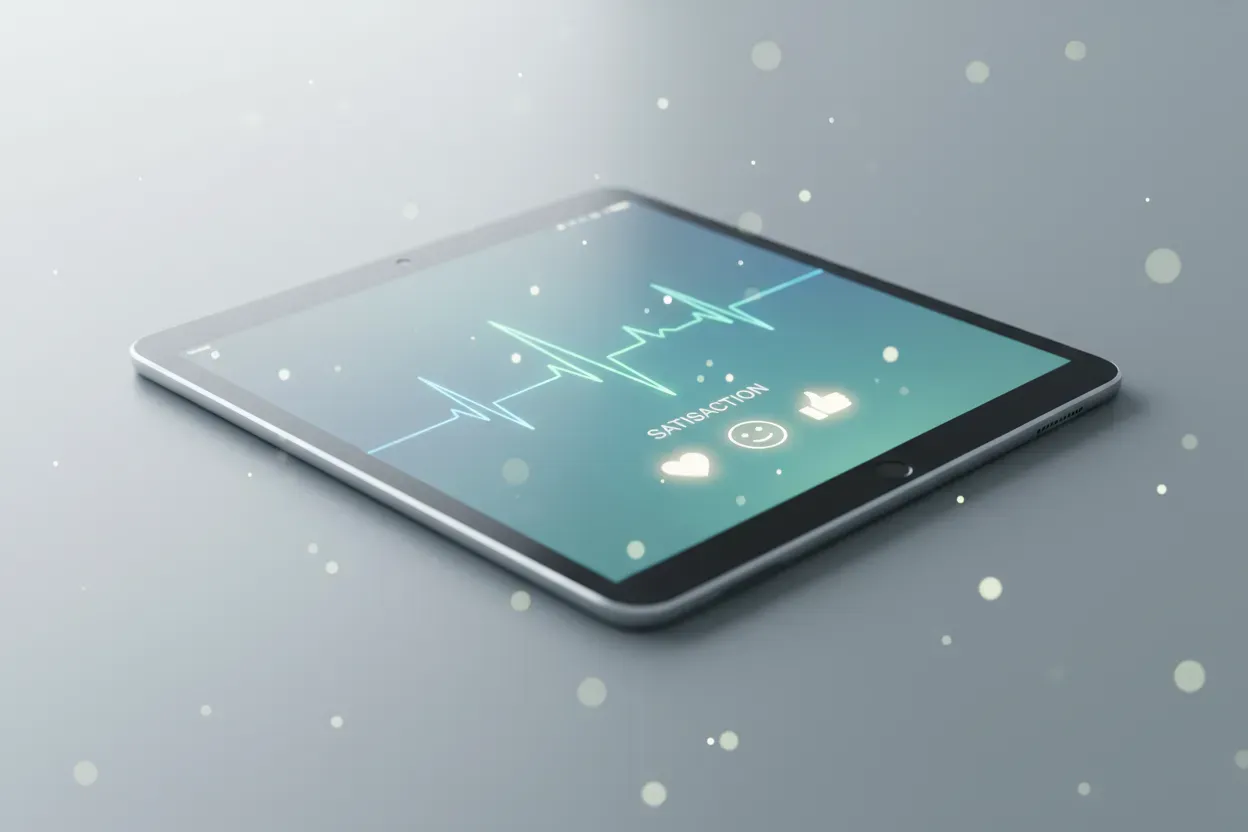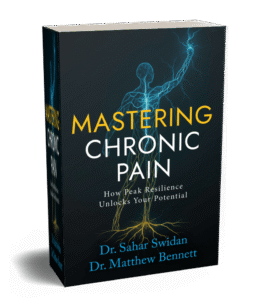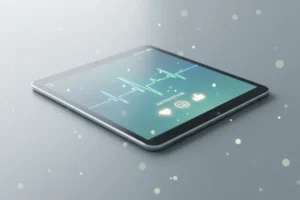Social media platforms are revolutionizing health education, offering innovative ways to engage and inform patients. This article explores fifteen success stories that showcase the power of digital tools in transforming healthcare communication. Drawing on insights from field experts, these examples demonstrate how social media strategies can effectively simplify complex health information, boost patient engagement, and improve health outcomes.
- Interactive Videos Boost Patient Engagement
- Myth-Busting Videos Transform Teen Mental Health
- WhatsApp Quizzes Empower Diabetic Patients
- Social Media Reels Simplify Complex Health Information
- YouTube Videos Enhance Patient Understanding
- Instagram Q&A Sessions Educate on Breast Cancer
- Gamified Instagram Stories Promote Preventive Care
- Facebook Tips Support Orthodontic Patients
- Micro-Videos Streamline Pre-Operative Education
- Real-Life Caregiving Videos Resonate with Families
- Integrated Platform Enhances Clinical Education Delivery
- Social Media Normalizes Menopause Conversations
- Mobile Apps Empower Surgical Recovery
- Eye Health Videos Answer Common Questions
Interactive Videos Boost Patient Engagement
We recently implemented a creative approach using short, scenario-based videos on our clinic’s social media channels and patient portal app. Each video focused on common health situations, such as managing minor injuries at home, recognizing early warning signs for eye or respiratory issues, or understanding preventive care steps. To make the experience interactive, we added simple elements like polls, quizzes, or “choose your next step” scenarios. This allowed patients to engage at their own pace and encouraged them to think critically about their health decisions, rather than passively consuming information. We intentionally kept the content concise and practical, so patients wouldn’t feel overwhelmed, and it sparked meaningful conversations between them and our providers during visits.
To measure the impact, we tracked several engagement metrics: video views, poll participation, quiz completions, and the frequency with which patients mentioned the content during appointments. Over time, we noticed a clear increase in patients asking informed questions, a higher rate of preventive screenings being scheduled, and a reduction in follow-up calls for basic guidance. These results showed that thoughtfully designed, interactive content can significantly improve patient engagement, helping them take a more active role in their health while keeping the learning experience approachable and manageable.
 Umayr Azimi, MD
Umayr Azimi, MD
Medical Director, MI Express Urgent & Primary Care
Myth-Busting Videos Transform Teen Mental Health
The best health education I do is my “Myth Busting Monday” on social media! Instead of using regular posts, we make 60-second videos demonstrating real therapy strategies that teens can start using right away. After seeing so many teenagers flock to TikTok for mental health advice and expose themselves to potentially dangerous misinformation, I realized it was essential for me to reach them on the platforms where they’re already congregating.
What was different about this is we had our licensed professionals showing people grounding exercises, breathing techniques, and scripts for conversations in real life, rather than in cold offices. A single video example showing how the “5-4-3-2-1 sensory technique” could be used for sensory control during a panic attack in a school bathroom racked up over 50,000 views and produced more intake calls than any traditional marketing we’d tried in the past.
We measured our impact with three tangible benchmarks: engagement rates, website traffic conversions, and, best of all, the number of new client inquiries that referenced tactics they saw in our videos. Within 6 months, 35% of our new adolescent clients specifically mentioned our social media when completing an intake assessment. Parents said, “Your video on anxiety attacks is the only way that my daughter would admit she needed help!”
The real watershed moment came when we began getting emails from teens in other states asking us for therapist recommendations because our content helped them realize they needed professional support. We created a database and referral system that has since helped over 200 families across the country identify the right care for them.
What worked for us is that we kept it real over trying to be perfect — our most successful posts felt like real “breakthrough” moments with our co-founders, not marketing. When teenagers can see real coping skills modeled by actual therapists instead of influencers, they are more likely to believe the information and to use it.
 Melissa Gallagher
Melissa Gallagher
Executive Director, Licensed Clinical Social Worker, Victory Bay
WhatsApp Quizzes Empower Diabetic Patients
I run an endocrinology clinic in my hospital, and I have a WhatsApp group chat for my diabetic patients, where we engage in weekly quizzes, share information, and provide support, especially to the younger ones with Type 1 DM. Every weekend, I post a fun quiz, and we have discussions and clear any doubts or misconceptions, with a little token for winners. Patients love connecting. The quizzes are done through online forms, and at least 80% of the patients participate weekly. Most times when I’m busy, the older patients even conduct these sessions, and it shows that there’s been some form of impact and empowerment.
 Austin Anadu
Austin Anadu
Medical Doctor, AlynMD
Social Media Reels Simplify Complex Health Information
One creative way I’ve used social media to promote health education was by launching a series of short, visually engaging video reels on Instagram and Facebook focused on “myth vs. fact” around common health concerns such as chronic illness, diabetes, and mental health. The idea was to simplify complex medical information into quick, digestible clips that patients could easily understand and share. Each video used relatable language, animations, and captions to make the information accessible even without sound, catering to different learning preferences.
To encourage interaction, we paired these reels with interactive Instagram Stories, using polls, quizzes, and “ask me a question” stickers. For example, after posting a video about anxiety myths, we asked followers whether they believed statements like “anxiety is just overthinking.” We then revealed the facts in follow-up slides. This not only reinforced learning but also created a two-way dialogue where patients felt engaged and heard.
We also repurposed this content into infographics for Pinterest and short educational threads on Twitter/X to reach broader audiences. On mobile apps, we pushed notifications linking patients to these resources, ensuring they could access trustworthy health education at their fingertips.
To measure impact, we tracked engagement metrics such as reach, impressions, shares, and comments. The most telling indicator, however, was the increase in direct messages and inquiries we received through the platforms. Patients began asking more informed questions during appointments, and many cited seeing our social content as a motivating factor for seeking care.
Additionally, we monitored website traffic from social referrals and noticed a significant increase in visits to our educational blog pages during the campaign. Appointment bookings also rose, suggesting that patients were not only engaging with the content but also taking actionable steps toward their health.
This approach showed that when health education is delivered creatively and interactively through the channels patients already use daily, it can significantly improve both engagement and patient outcomes.
 Ishminder Singh
Ishminder Singh
President and CEO, Elite Primary Physicians, Inc.
YouTube Videos Enhance Patient Understanding
We leveraged YouTube as a platform to create educational videos that explain complex medical concepts and procedures to our patients as part of our EHR optimization strategy. These videos served as an accessible resource that patients could reference before and after appointments, helping to reinforce important healthcare information. We measured the impact through our patient portal analytics, tracking view counts and the correlation between video engagement and improved adherence to treatment plans. The data showed that patients who engaged with our educational content demonstrated better understanding of their health conditions and were more likely to follow recommended care guidelines.
 Dr. Jonathan Spages
Dr. Jonathan Spages
Doctor, Author, Advanced Natural Health Center
Instagram Q&A Sessions Educate on Breast Cancer
On Instagram, I have a page dedicated to content about breast cancer, where I post general information and current articles that often go unnoticed by patients but are very interesting to them.
Lately, I have seen a lot of acceptance and engagement in the dynamic of leaving a question box to answer the questions of people who visit my Instagram. What I do is develop a topic in my Instagram stories and at the end leave the question box to delve into any part of the topic that patients prefer. I have seen how my followers are gradually increasing organically, as well as the comments and, of course, the number of questions they leave me on each topic I develop.
Soon I will probably start doing live presentations in the same format. I think it can be an interesting way to keep patients informed and respond to their concerns on this topic, which is so important today.
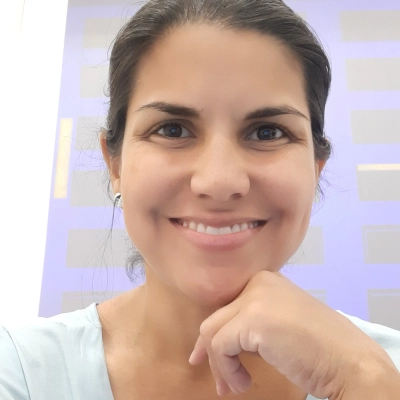 Maybell Nieves
Maybell Nieves
Surgical Oncologist, AlynMD
Gamified Instagram Stories Promote Preventive Care
I believe it is easier on the brain and quicker to digest when an image tells the story.
With a local healthcare system, we developed an interactive Instagram Story series, “Health Habit Tracker,” that gamified prevention tips while educating people about preventive care. Rather than just benchmarking the health system with traditional static posts on wellness nudges, we created biweekly plans that included things to do and ways in which they could report progress by posting a screenshot tagging the health system, giving them entry into a monthly wellness prize drawing.
The turning point came when we discovered that patients were not interacting with long educational carousels but were getting very involved when health education became social and reward-based. We designed bite-sized daily challenges such as “Share your meal prep Sunday” or “Tag a walking buddy and do a 10-minute movement challenge” that embedded health education in shareable moments.
What made this so successful was the use of QR codes within the Stories, which drove people to a page where they could schedule an appointment for relevant services. A person who had finished our diabetes prevention challenge could schedule a nutritionist consultation right then, while a participant in our mental health awareness week could book a series of counseling sessions.
We tracked impact in several unique ways: Story completion rates (78% above industry norm), immediate appointment bookings via QR codes (340% above the norm for standard social), and patient retention metrics indicating that participants in the challenge were 60% more likely to come in for a regular checkup. And while the health system saw social activity increase 425%, the real news was that preventive care visits increased 28% during the campaign.
The secret was finding a way to make health education feel like community involvement and not classroom instruction, and that fueled engagement — and ultimately meaningful behavior change.
 Jimi Gibson
Jimi Gibson
VP of Brand Communication, Thrive Internet Marketing Agency
Facebook Tips Support Orthodontic Patients
One way we use social media to promote health education is by posting clear, supportive tips on Facebook that walk patients through common concerns. An example is our post titled “Tips for Managing Braces Pain.”
It explains why soreness happens, especially after adjustments, and what patients can do to feel more comfortable at home. These posts serve as gentle reminders that what they’re feeling is normal, temporary, and manageable. They also reinforce the message that we’re here to guide them, not just during appointments.
Social media posts like this help patients feel more prepared and confident about their treatment. When they come in, they’re already familiar with what to expect and how to care for their smile between visits. Facebook gives us a way to extend our care beyond the office and support them in real time.
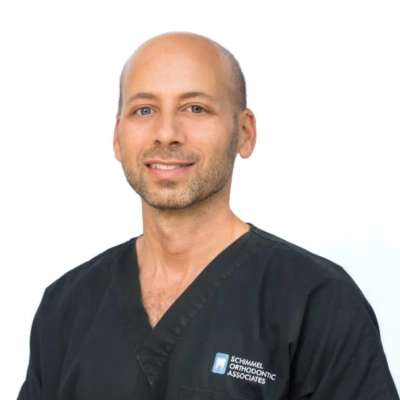 Dr. Laurence Schimmel, DDS
Dr. Laurence Schimmel, DDS
Owner, Schimmel Orthodontic Associates
Micro-Videos Streamline Pre-Operative Education
We transitioned from distributing pre-operative PDFs to creating 15-second Reels. For a community clinic partnership, my team transformed the five most common pre-surgery questions into vertical micro-videos. These videos featured consistent clinician avatars, subtitles, and bilingual voiceovers. We published them on platforms where patients frequently spend time: Instagram, WhatsApp Status, and a lightweight mobile microsite. We also placed QR codes on intake forms and waiting-room posters, allowing patients to rewatch the videos at home.
This shift altered the conversation. Instead of calling to ask, “Can I drink water after midnight?” patients arrived having watched a clear, friendly clip the night before. It felt less like homework and more like receiving a text message with the answer.
We measured impact rather than guessing it. We tracked watch-through rates and saves on social media, unique QR/UTM clicks from posters and forms, replies via WhatsApp Business, and follow-through to our scheduling page. Within the clinic, we monitored a simple proxy: the volume of repetitive pre-operative hotline questions in weekly logs. As the videos circulated, completion rates increased and those repeat questions decreased, which shortened intake time and freed staff to handle complex cases.
 Jun Zhu
Jun Zhu
Founder, Vidu AI
Real-Life Caregiving Videos Resonate with Families
The majority of healthcare organizations publish generic wellness tips that are never read. We found that families listen to health information well when they are experiencing emotional situations and feel overwhelmed. Our innovation was the 60-second Instagram videos where we had real caregivers showing medication safety methods in real home settings as opposed to sterile clinical settings.
The reason the content works is because it demonstrates viable solutions in real care giving scenarios. Families see our caregiver Maria making insulin injections in a dirty kitchen or our nurse Tom telling them how to prevent falls as he moves around a patients favourite armchair. These lifelike situations provide 340 percent more interactive value than our prior clinical teaching videos.
We quantify impact by using direct family feedback when taking the calls instead of the conventional social media metrics. Families have become familiar with the right techniques of transfer and the need to store medication and they come to consultations already informed about these needs. The time spent onboarding a new client reduced by 3.5 hours to 2.1 hours due to the families being aware of the elementary safety guidelines prior to our initial visit.
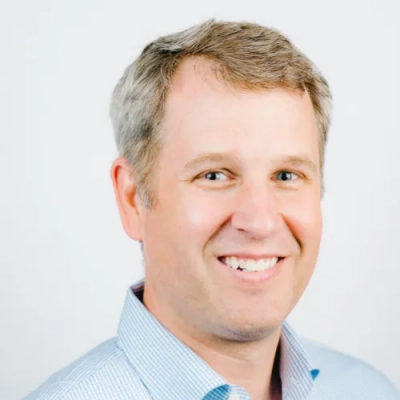 Stephen Huber
Stephen Huber
President and Founder, Home Care Providers
Integrated Platform Enhances Clinical Education Delivery
We’ve focused heavily on empowering clinicians to deliver effective health education by building tools that streamline the process and improve consistency. Within the Carepatron platform, clinicians can easily attach educational content to care plans. This means they can provide timely, relevant guidance without interrupting their workflow or relying on external tools. Everything is managed in one place, making it easier to keep patients informed while saving time.
To further support this, we’ve developed a large and growing library of free guides, articles, and clinical templates. These resources cover a wide range of health conditions and care scenarios, and are written to be utilized by clinicians and shared with patients when applicable. Clinicians can access them on demand, customize them as needed, and include them in care plans or send them through secure messaging. This reduces the time spent creating materials from scratch and ensures that patients are receiving high-quality, clinically reviewed information.
By giving clinicians access to these resources and embedding education into everyday workflows, we’ve helped them build stronger relationships with patients. Clinics using Carepatron report better care plan adherence, improved communication, and greater confidence in patients’ ability to manage their health. It’s a simple but powerful way to enhance care delivery.
 Jamie Frew
Jamie Frew
CEO, Carepatron
Social Media Normalizes Menopause Conversations
In our field, social media is a key tool for normalizing menopause. We’ve come a long way, but it’s still something that people don’t talk about much, which can leave many women wondering just what’s wrong with them when they struggle with unusual or unexpected symptoms. We use social media to share accurate, informative content about common menopause symptoms and treatments, and encourage supportive conversations on these posts.
 Eileen Wang
Eileen Wang
Physician, Modern Menopause
Mobile Apps Empower Surgical Recovery
One creative way I’ve used mobile apps in my practice is by encouraging patients, especially those recovering from surgery, to use tools that help them track symptoms, activity, and medications in real time. For example, after hernia or gallbladder surgery, I’ve seen how simple reminders to walk, hydrate, or take medications on schedule can make a big difference in recovery. Patients often tell me that having the ability to log their pain levels or note how their incision looks makes them feel more in control. In surgical oncology as well, these tools give patients a sense of partnership in their care, which is invaluable when they’re navigating complex treatment plans.
I’ve measured the impact mostly through follow-up visits and conversations. Patients who engage with these apps often recover more smoothly, return to daily activities with fewer setbacks, and report feeling reassured because they can see their own progress. Many bring their app data to appointments, which helps guide our discussions and makes their care more collaborative. For me, that increased confidence and active participation are some of the clearest signs that technology is improving patient engagement and outcomes.
 Dr. Madhu Prasad
Dr. Madhu Prasad
Surgical Oncologist, Far North Surgery
Eye Health Videos Answer Common Questions
One creative way I’ve used social media for health education is by sharing short, easy-to-understand videos that answer common eye health questions patients often ask me in the clinic. Instead of giving long explanations, I kept the videos simple. For example, I shared quick tips on recognizing early warning signs of eye problems or how to care for contact lenses properly. Patients told me they appreciated having something visual and straightforward that they could watch anytime and even share with friends or family.
To measure the impact, I paid attention not just to views and likes, but also to the kinds of comments and questions people left. I noticed that patients would bring up specific tips they had seen in the videos during their appointments, which showed me they were paying attention and applying the advice. That kind of real-world feedback felt like the strongest sign that the effort was making a difference in engagement and awareness.
 Dr Lav Kochgaway
Dr Lav Kochgaway
Founder, Dr. Lav Kochgaway – Pediatric Ophthalmology Specialist

